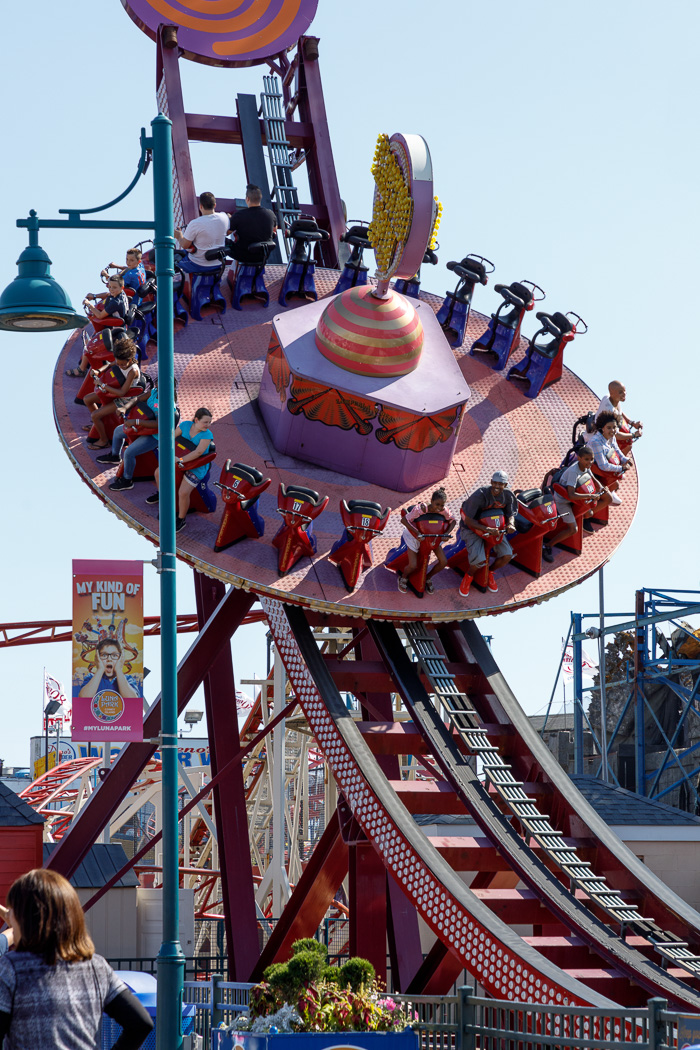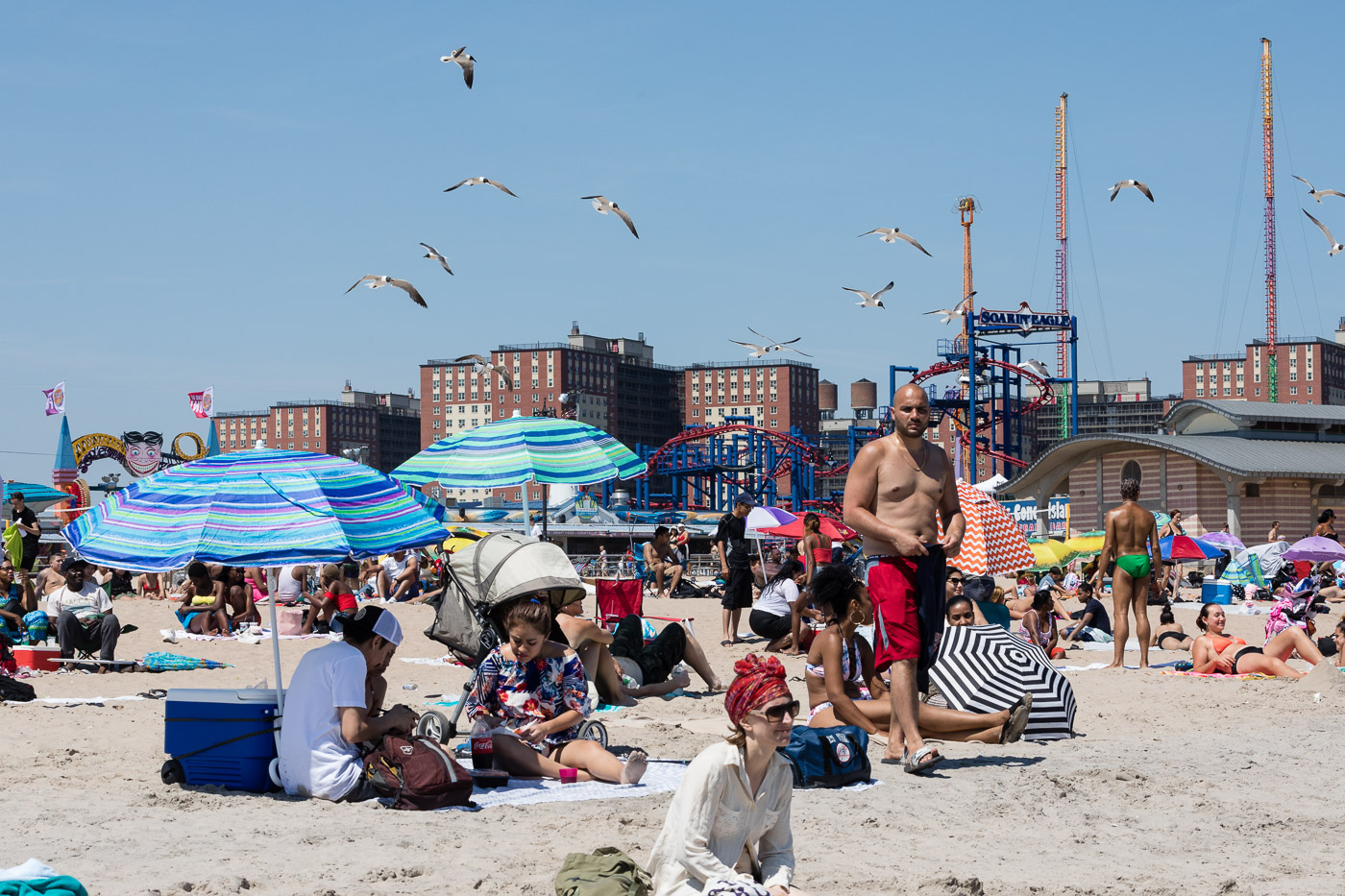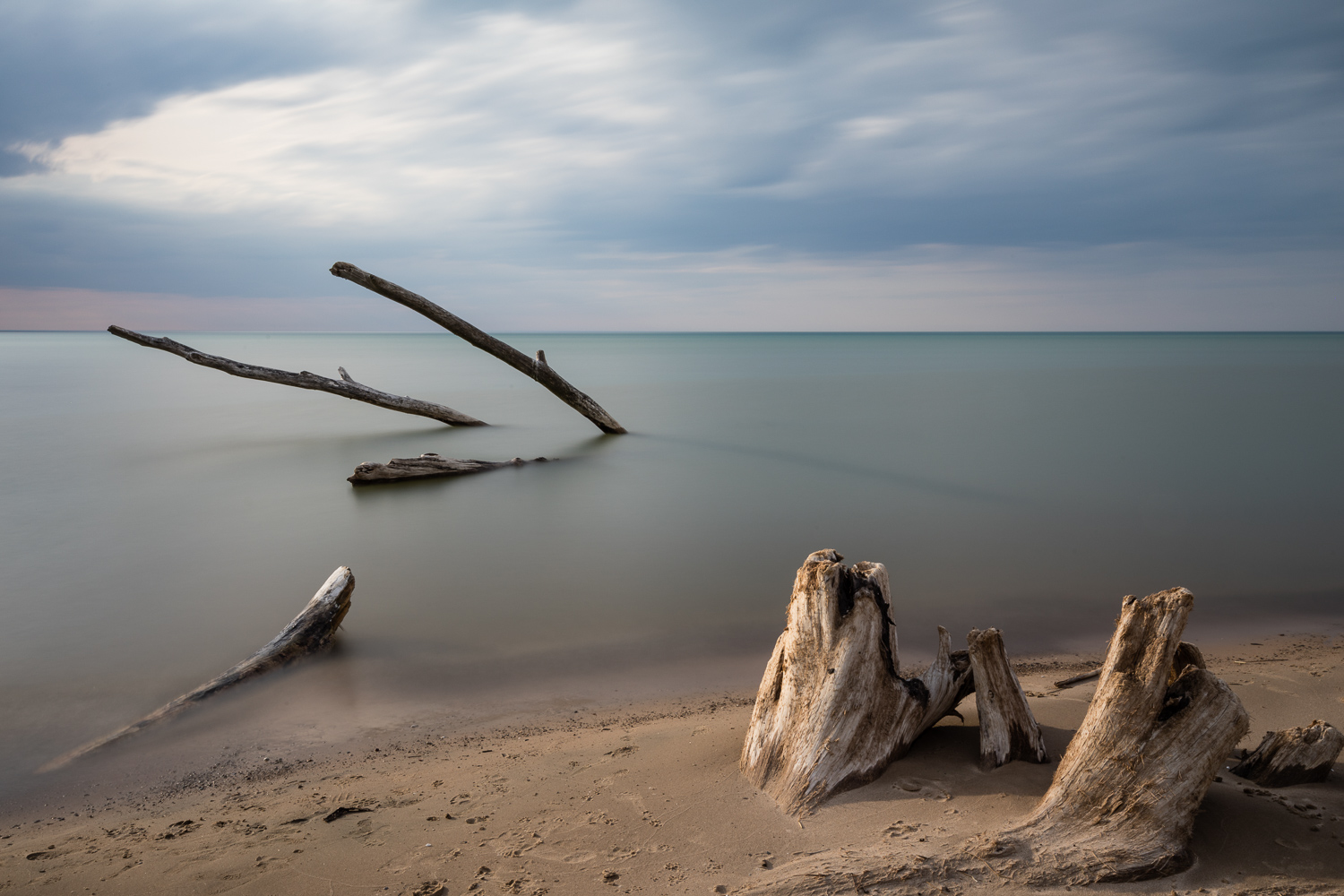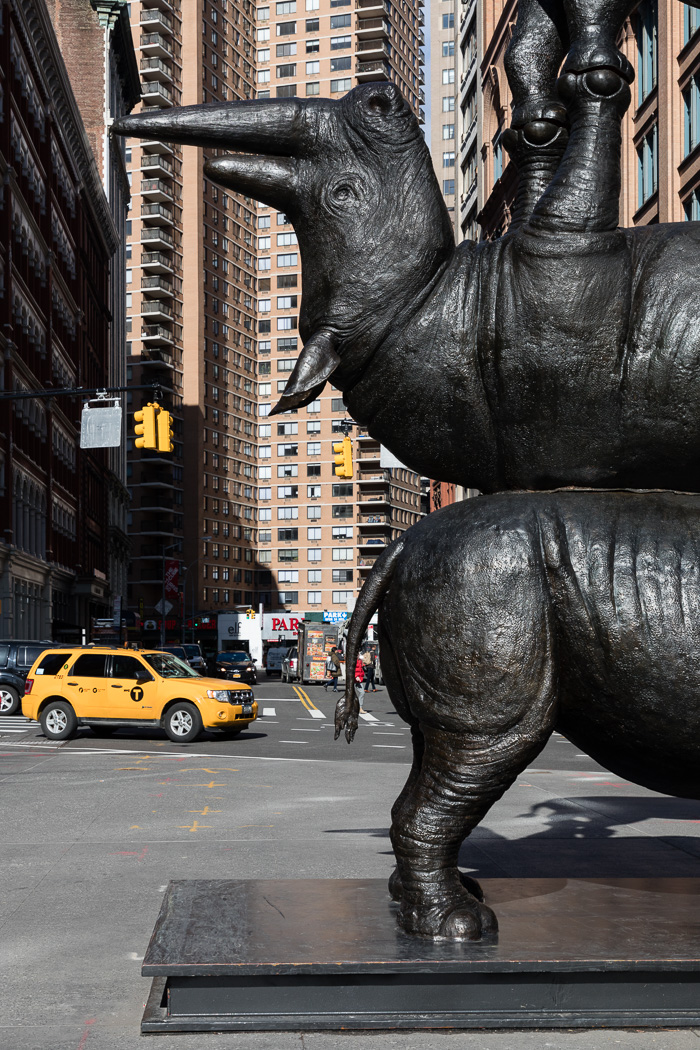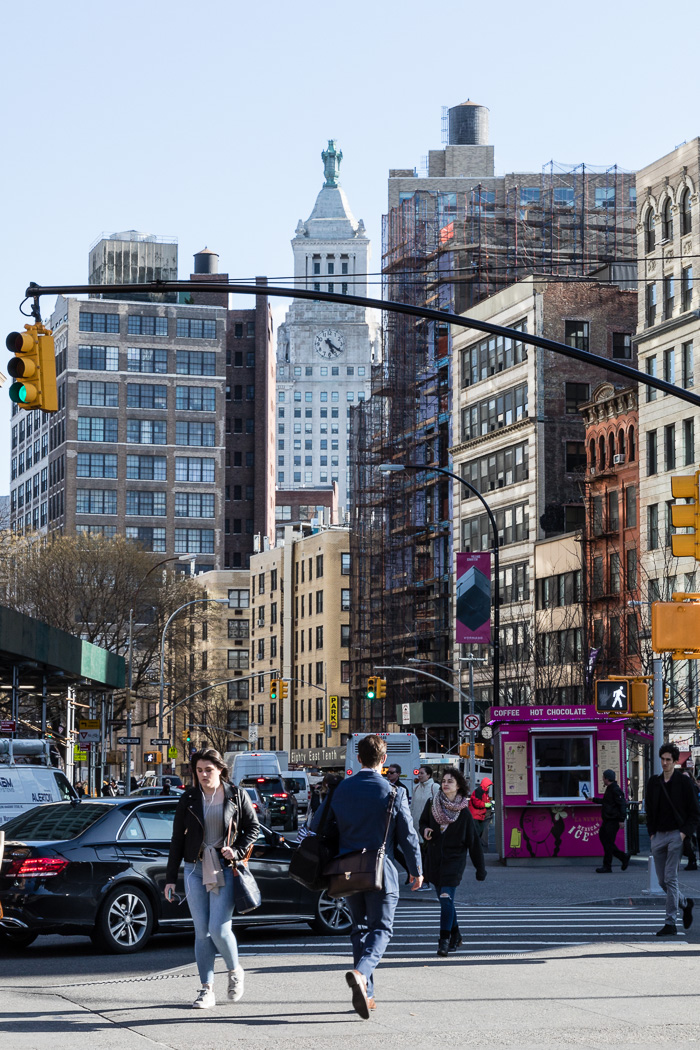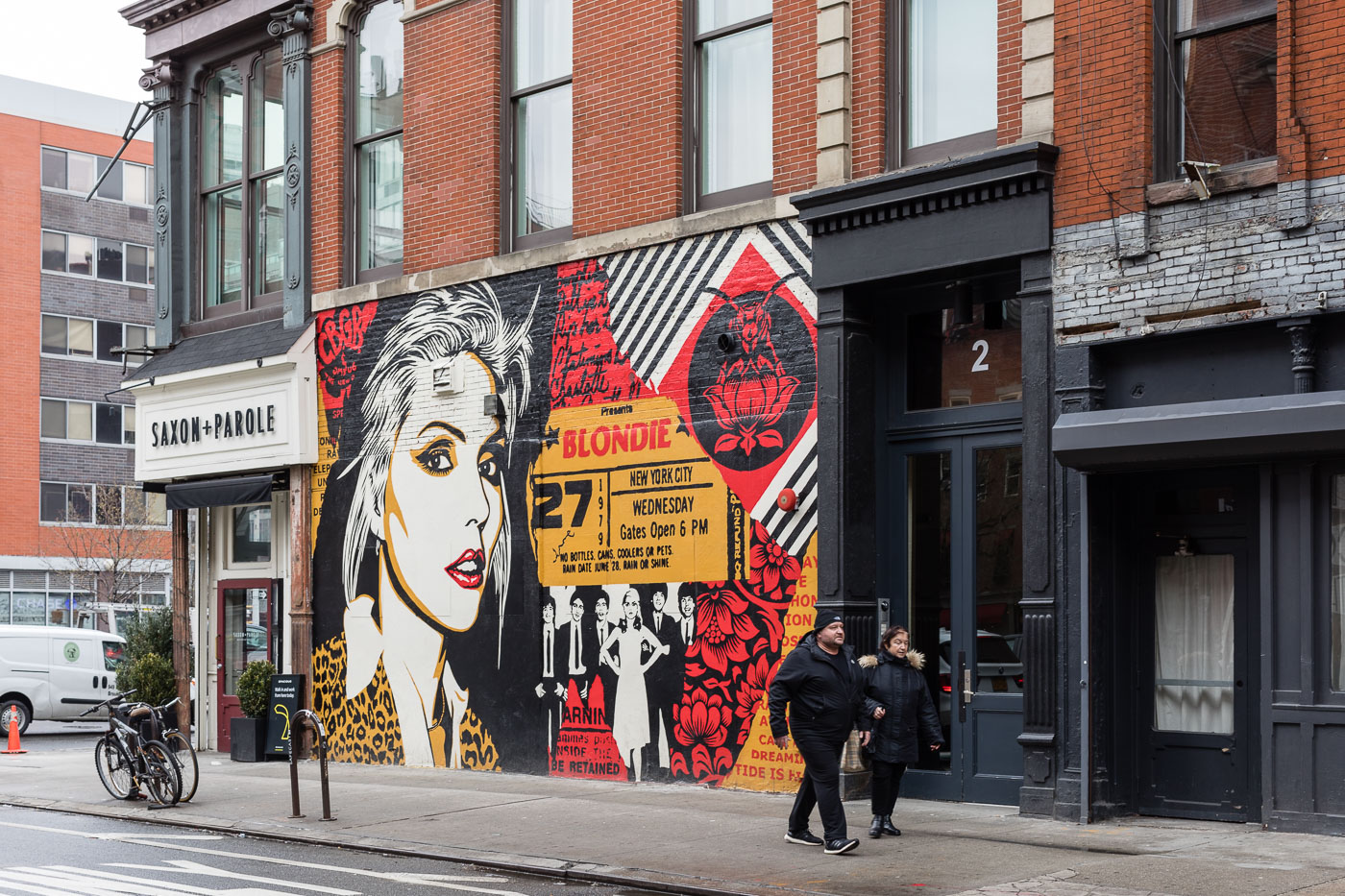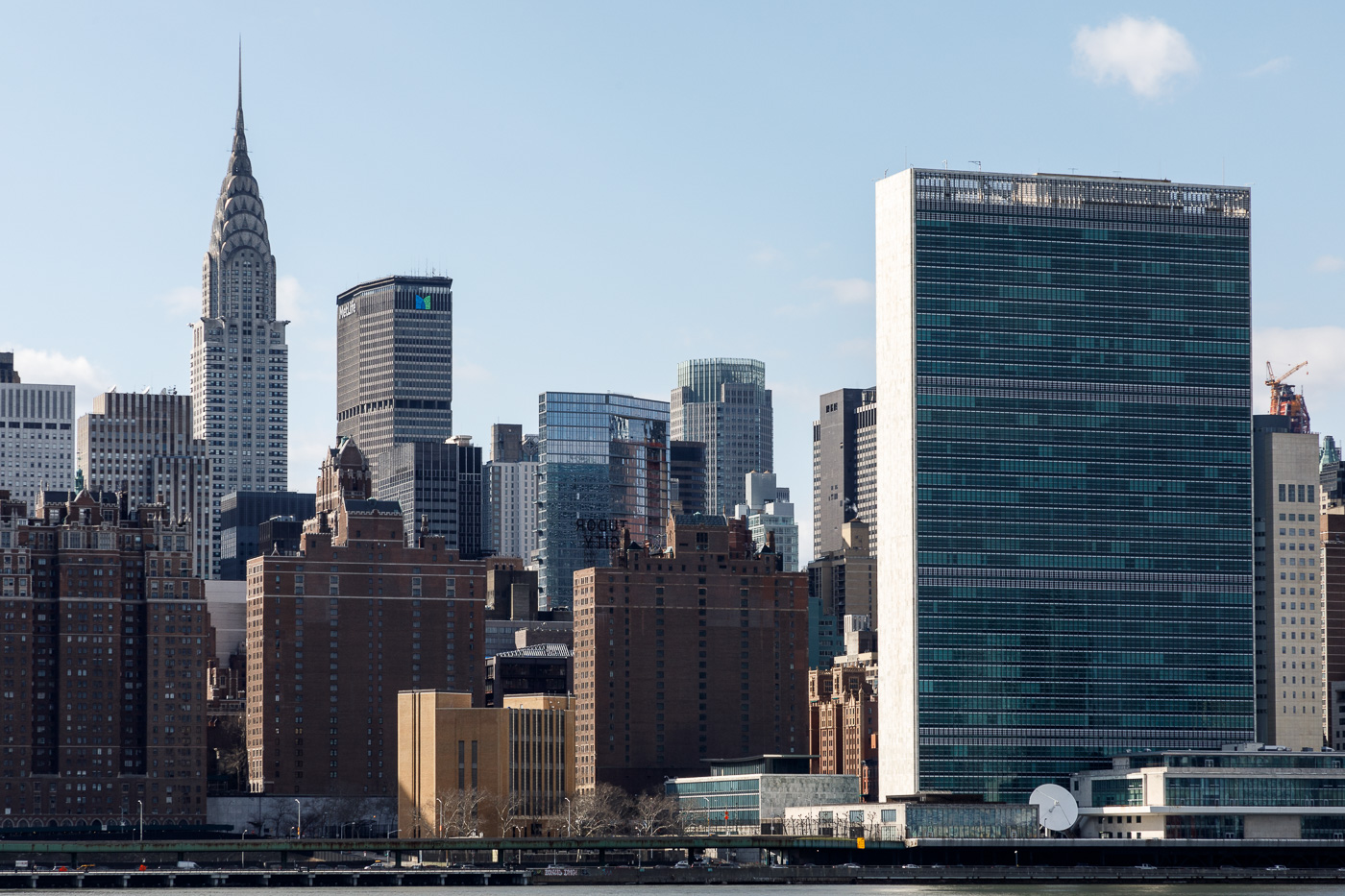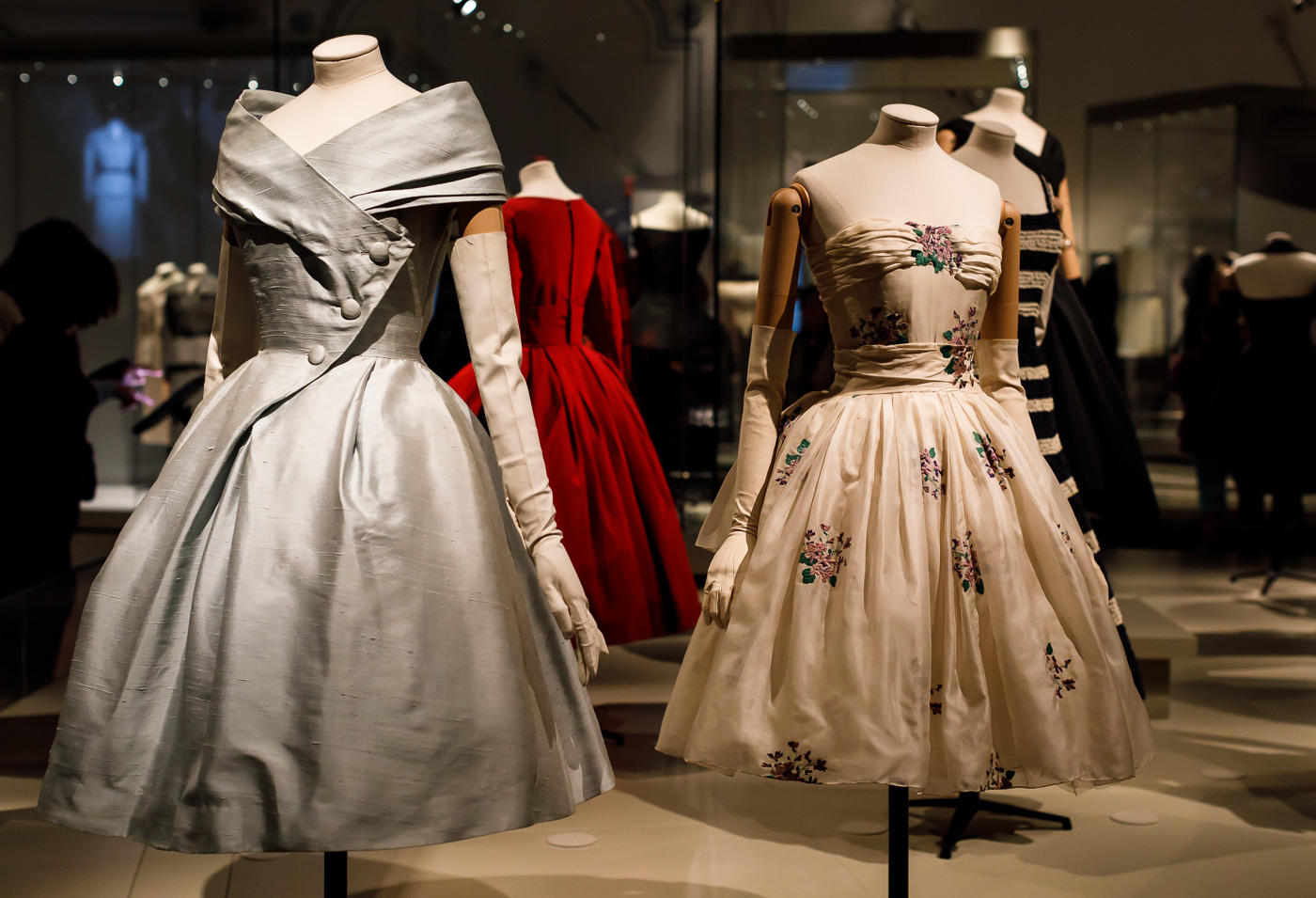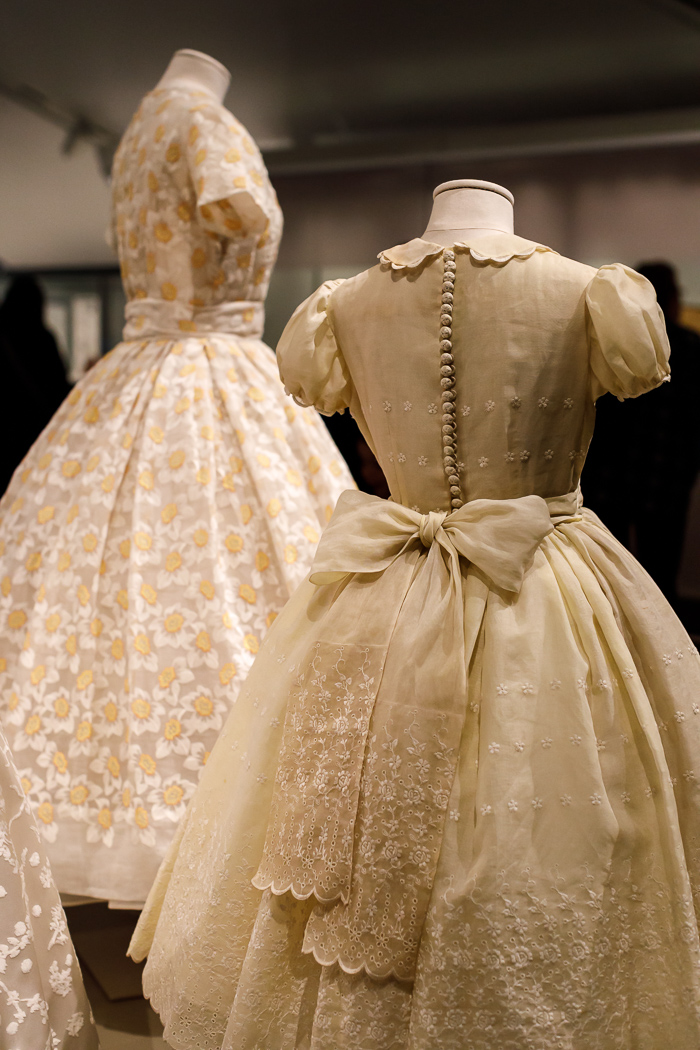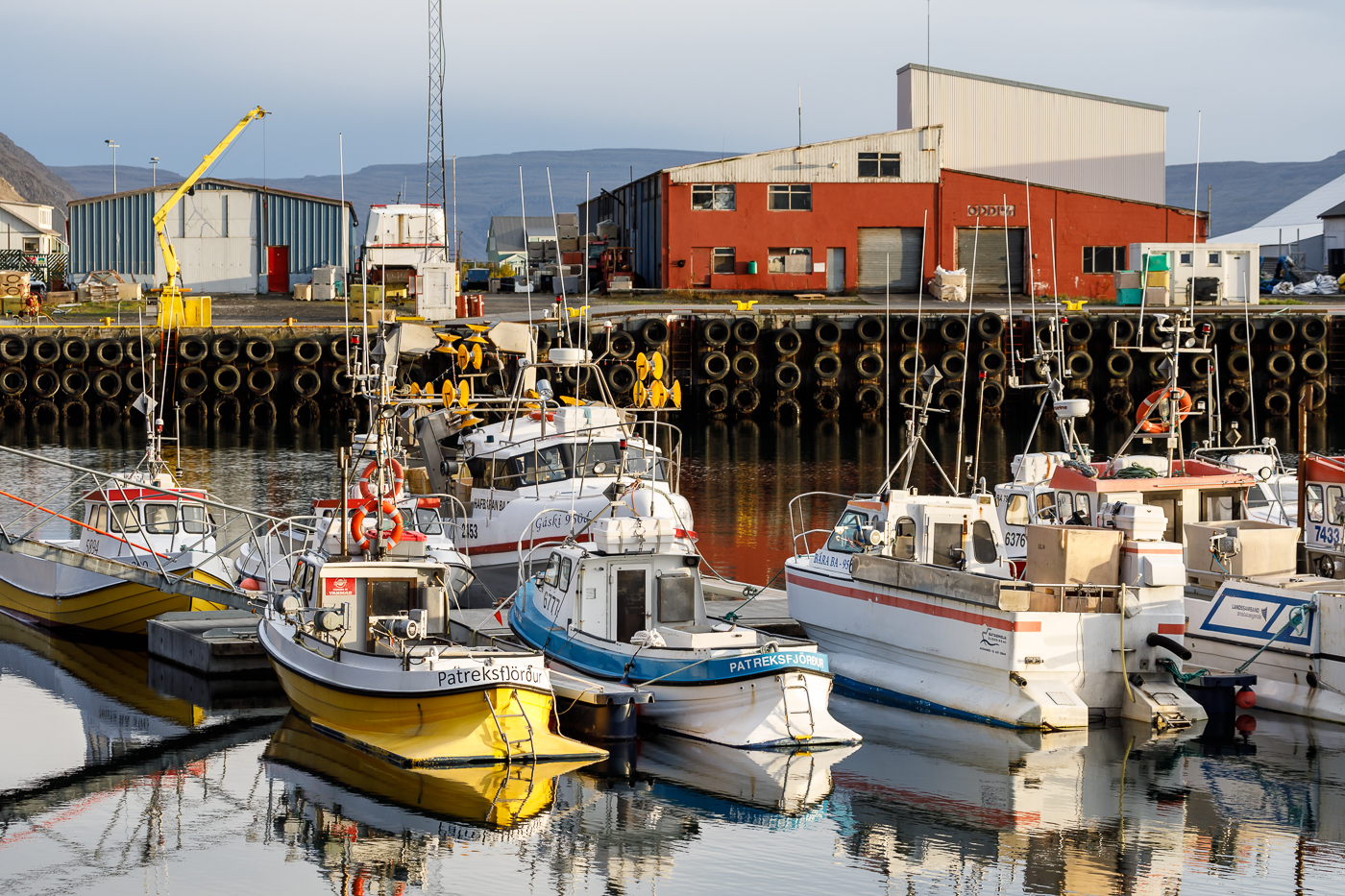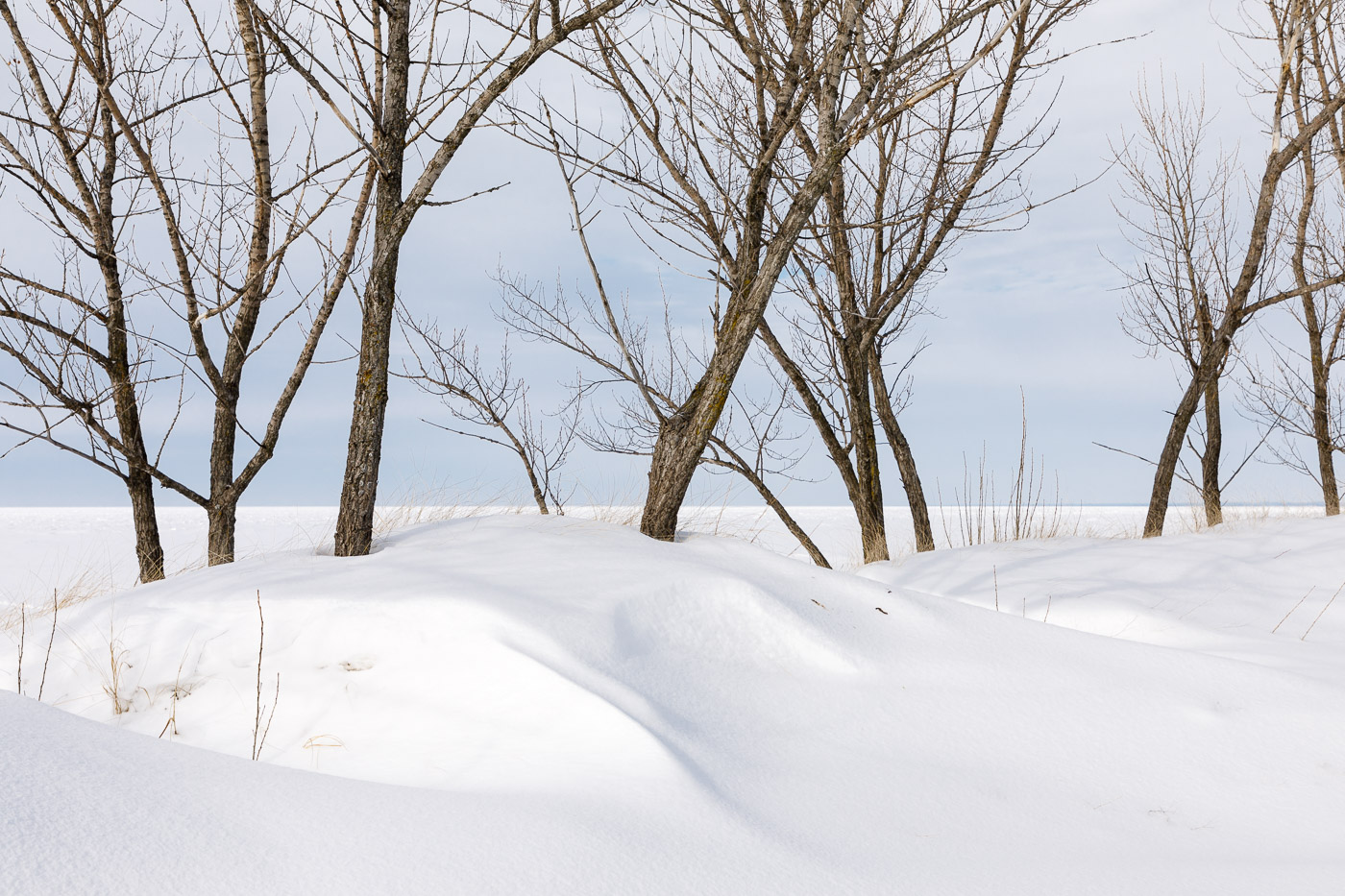I've wanted to visit Coney Island for some time. It's close to New York, a city I love and visit often, but so different. It's old and new at the same time. It's historical, a New York landmark. and it has a devoted following. I'd seen the pictures, read the history and I wanted to experience it first hand.
Public transit makes Coney Island readily accessible. I was amazed that from Times Square in the centre of Manhattan I could take a subway, on a journey that took almost an hour, for the tiny fee of $2.75. A bargain for sure.
Coney Island, the last stop on the Q Train
My first view of Coney Island - with the Wonder Wheel ferris wheel dominating the scene and the beach in the background - photographed through the window of the subway train.
Coney Island is an amusement park on the Atlantic Ocean in Brooklyn. Well established by the 1890's with its three separate amusement parks Coney Island was the largest park of its kind in the United States for many decades. Over the years there's been several attempts to rezone the area and develop it for residential and commercial use, with some success. Two of the original three parks have been demolished. Each attempt to develop large sections of Coney Island has been met with vigorous opposition, and today the area continues to be zoned for amusement and recreational use only.
Today there are two amusement parks - Luna Park and the Wonder Wheel Amusement Park - along with other rides that are not part of either. And there's also the New York Aquarium, opened in 1957, severely damaged by Hurricane Sandy in 2012, then rebuilt, expanded, and reopened in 2018.
Nathan's, home of the famous hot dog eating contest. Hot dogs for sale, along with all sorts of seafood. A busy place.
Three of the original Coney Island rides are now designated New York landmarks: The Wonder Wheel, a steel ferris well built in 1918 and opened in 1920. At a height of 150 feet it's the tallest in the world. It's also been in continuous use since it opened, with more than 30 million riders and no accidents.
The Cyclone, a rare wooden roller coaster, built in 1927, and still in use today. Seen in the background with the Coney Clipper in front.
And the Parachute Jump, a Coney Island landmark. Built in 1930, it closed in 1964, was renovated between 2002 and 2004 but remains inactive.
The Thunderbolt, a new ride, opened in June, 2014. There's also a children's area, a Carousel, bumper cars, haunted houses and lots of games. Something for everyone.
Two and a half miles of boardwalk connects the beach to the amusement area with restaurants and arcades all along it.
And then there's the beach. It's sandy, well maintained and open to everyone, and there's no charge to use it.
I spent half a day at Coney Island, wandering around, photographing what I saw, and enjoying the experience. It's a busy place, with lots of activity and people having a good time everywhere. There's lots to see but it's not always easy to photograph. Dense with colour, movement, big-scale structures, and lots of people, getting a clean composition is a challenge. But I'm glad I went. It more than met my expectations and I'm thinking a return visit at night when it's all lit up would be well worth doing.













